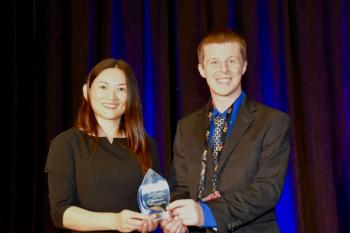
First Regulatory Limit for Hexavalent Chromium in Drinking Water Awaited in California
The California Department of Public Health has proposed to establish the first regulatory limit in the United States for hexavalent chromium (chromium-6) in drinking water. The proposed Maximum Contaminant Level (MCL) sets the limit for hexavalent chromium at 10 parts per billion. California, like those of other states and United States federal government, currently only regulates total chromium levels.
The California Department of Public Health has proposed to establish the first regulatory limit in the United States for hexavalent chromium (chromium-6) in drinking water. The proposed Maximum Contaminant Level (MCL) sets the limit for hexavalent chromium at 10 parts per billion. California, like those of other states and United States federal government, currently only regulates total chromium levels.
The proposed limit is five times lower than the current total chromium standard of 50 ppb, which includes both trivalent chromium (chromium-3) and chromium-6. The federal MCL for total chromium is 100 ppb. Chromium-3 is harmless and actually a required nutrient, while chromium-6 may pose a risk of cancer when ingested.
The California department submitted the final proposed regulation to California’s Office of Administrative Law (OAL) on April 15. The documents submitted include to the OAL included the department’s response to the more than 18,000 comments received by the during the public comment period.
The proposed final regulation will take effect after it has been reviewed and approved by the OAL. This review can take up to 30 working days to complete, which means the review period ends before the end of this month.
If the regulation is approved as expected, the new regulation on hexavalent chromium will take effect on July 1, 2014.
As required by California state law, the new limits take into account both health concerns and technological feasibility. In establishing the new limit at 10 ppb, the department considered numerous factors, including the occurrence of chromium-6 in drinking water sources around the state; the methods, feasibility and costs of detection; treatment and monitoring technology; and the relative health benefit that could be obtained at various MCL levels.
The department also engaged public and private stakeholders, including public water systems and commercial laboratories. Capital investments needed along with the ongoing costs of operations and maintenance are estimated by the department of health to be $156 million annually for public water systems to comply with this new standard.
The submitted regulations can be found at
Newsletter
Get essential updates on the latest spectroscopy technologies, regulatory standards, and best practices—subscribe today to Spectroscopy.




